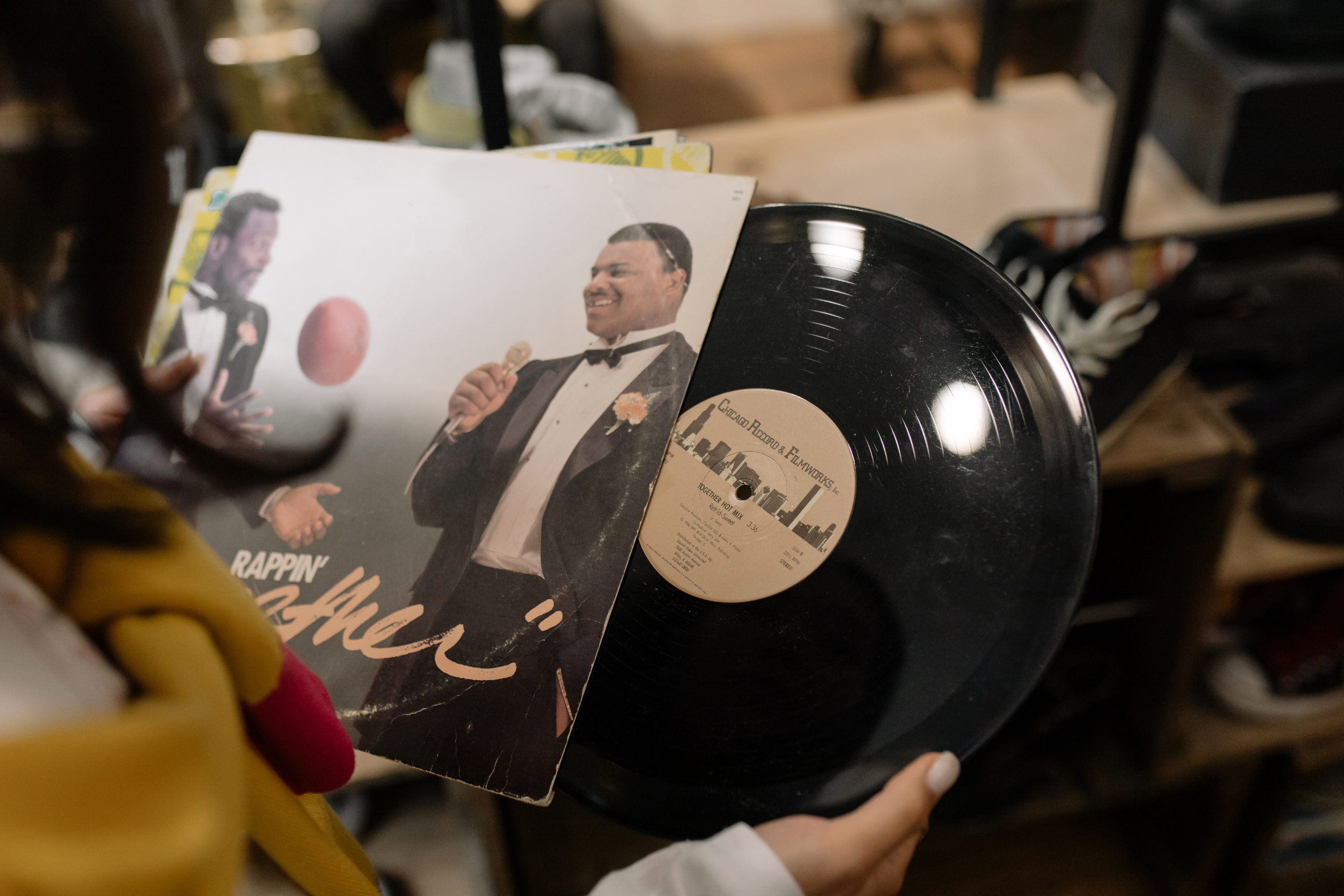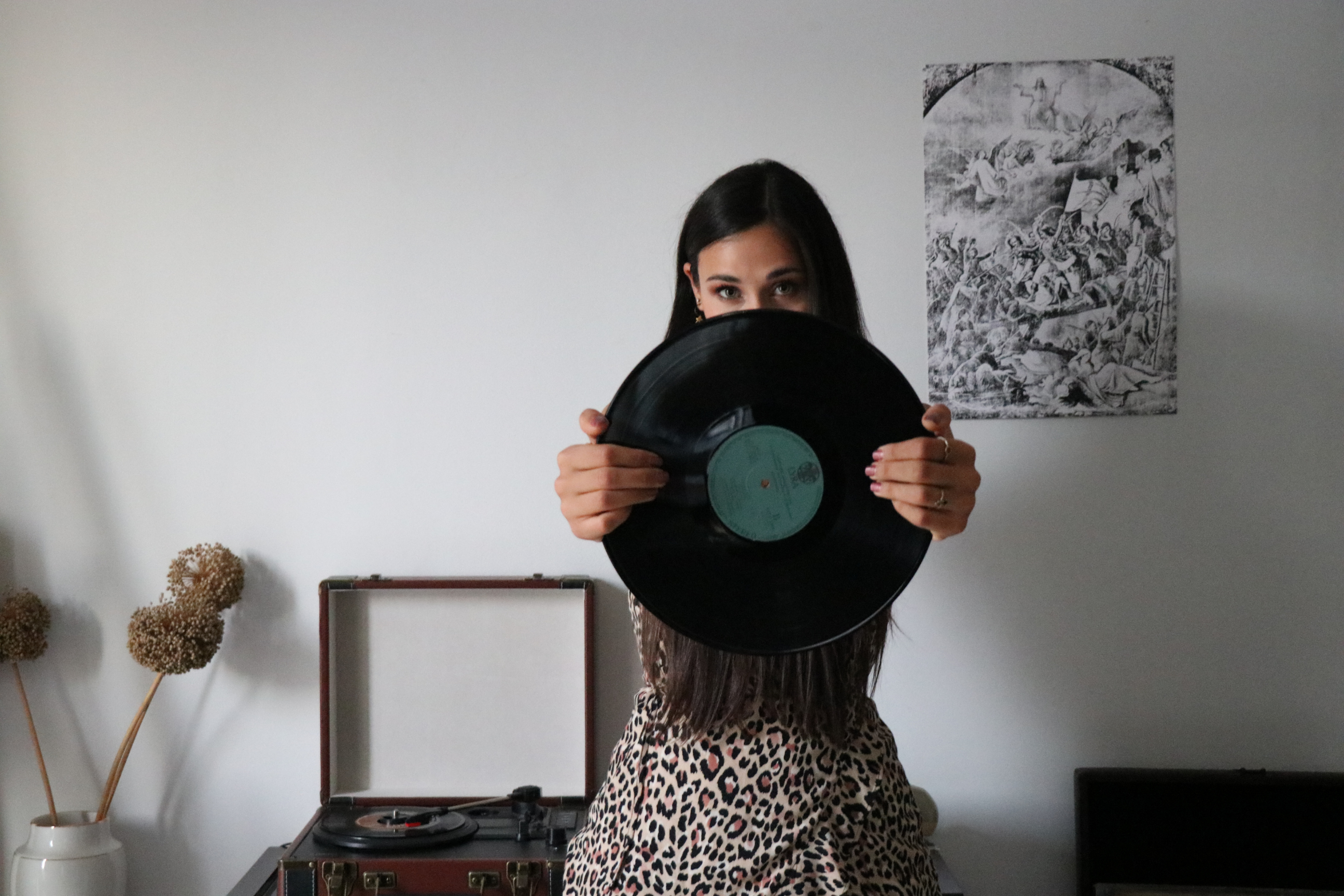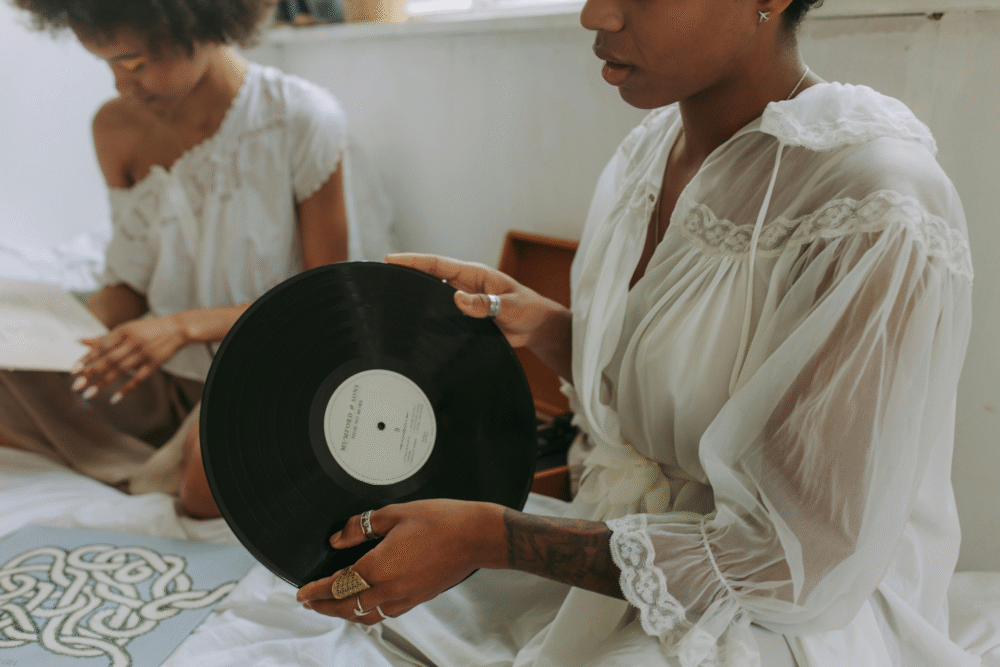Learn how to evaluate vinyl records for quality, authenticity, and value with key expert tips and checks.

Shopping for vinyl records can be rewarding but also tricky without knowing what to look for. From checking the vinyl’s physical condition to verifying pressing details, several factors affect a record’s playback quality and its collectible value.
Understanding these aspects helps buyers avoid common mistakes like purchasing damaged or counterfeit records. By learning to inspect records carefully and use grading systems, shoppers can confidently find authentic, high-quality vinyl that fits their preferences and budget.
1. Check the record’s condition for visible scratches and dents.

Inspecting the record surface means looking closely for scratches, scuffs, gouges and warps that affect playback. Hold the vinyl under good light and tilt it to catch hairline defects. Run a soft finger along the edge to feel for chips and listen for wobble when placing it on a turntable. Understanding the physical condition is the first step in assessing usability and expected sound quality.
For everyday buyers, small hairline marks might be acceptable while deep scratches or visible warps are deal breakers. A practical rule of thumb is to reject any record with visible warps when viewed flat against a hard surface. If you are unsure about severity consult a repair specialist before committing to high value purchases.
2. Verify the album cover’s quality and any signs of wear.

Checking the album cover involves assessing wear, seam splits, ring wear and any moisture or mold stains that lower collectible value. Look at corners, spine text and any deli creases that can indicate heavy use or improper storage. The cover protects the vinyl and often holds important artwork and pressing information that collectors rely on to verify editions.
When handling covers plan to protect them with plastic outer sleeves to reduce further wear. A simple checklist step is to inspect the spine for legible catalog numbers and the inside flap for any writing. For fragile or rare jackets consider consulting a conservator before attempting repairs.
3. Look for limited edition or special pressings to increase value.

Limited editions and special pressings can include colored vinyl, numbered runs, bonus tracks or unique packaging that increase demand and potential resale value. These variants are often produced in smaller quantities or released through specific retailers which can make them more collectible. Identifying distinguishing features helps separate rare finds from standard reissues.
To increase the chance of finding worthwhile editions focus on labels and catalog numbers that match limited series and note any included certificates or numbers. One concrete tip is to photograph unique identifiers and compare them with collector databases before buying. Keep provenance details with the record to preserve long term value.
4. Confirm the record label matches the original release for authenticity.

Confirming the record label means checking the printed label at the vinyl center and the runout etchings against documented originals. Labels often show logo design, matrix numbers and text style that change across pressings and can reveal reissues or counterfeits. Matching label details with known release photos helps verify authenticity and correct edition.
For shoppers who want genuine pressings prioritize clear label text and consistent runout codes. A useful checklist step is to write down the label name, catalog number and any matrix numbers and cross reference them online. When uncertain consult specialist forums or a trusted dealer for verification.
5. Examine the vinyl’s weight and thickness for quality indicators.

The weight and thickness of a record provide clues about manufacturing quality and durability. Heavier pressings generally sit more firmly on the platter and can reduce resonance, while thinner records may warp more easily. Typical weights range from lightweight pressings to 180 gram audiophile versions which are promoted for stability and perceived sound quality.
When making buying decisions think of heavier pressings as often more robust but not an absolute guarantee of better sound. As a rule of thumb prefer 180 gram or similarly heavyweight pressings for valuable albums if you plan regular play. Remember weight is only one factor and listening or inspecting finish and flatness remains important.
6. Inspect the spindle hole for signs of excessive use or damage.

The spindle hole shows how often a record has been handled and whether the central hole is stretched or misaligned. Excessive ovaling can cause off center playback and pitch fluctuations. Inspect the hole for fraying paper, cracks or shims that indicate someone tried to fix a loose fit, which can signal heavy past use or mishandling.
Buyers should consider spindle hole condition when evaluating playable quality and long term wear. A concrete tip is to place the record on the seller’s spindle or your own adapter to check for wobble before purchase. If the hole is badly worn consult a professional for potential repair or replacement options before finalizing a purchase.
7. Listen for any audible pops or surface noise before purchasing.

Listening for pops, clicks or surface noise involves auditioning a record on a turntable or asking the seller for a sample recording. Surface noise can come from dirt, scratches or pressing defects and will affect the listening experience. Quiet background noise is normal on older pressings but loud or frequent pops reduce enjoyment and indicate deeper issues.
When deciding whether to buy always request a listen or a short clip from the seller if possible. A practical checklist step is to test multiple tracks including quiet passages to reveal subtle noise. If noise is a concern consider cleaning with a proper record wash and seek cleaning advice from experienced collectors.
8. Research the pressing’s country of origin for collector preference.

Researching country of origin helps determine which pressing plants and mastering practices were used and can influence collector preference and sound character. Different countries often had exclusive masters, varying quality control and unique label markings. Knowing where a pressing was made assists in distinguishing originals from later international reissues.
For collectors prioritize pressings from regions known for higher quality production for the release in question. A helpful step is to check the runout etchings and inner sleeve for country codes and then compare them with discography references. If unsure use reputable discography sites to inform your choice.
9. Review any included inserts or lyric sheets for completeness.

Included inserts like lyric sheets, posters and printed liners add completeness and often raise a record’s collectible status. Missing or damaged inserts lower perceived value and can be harder to replace. Inspect inner sleeves for original company printing, anti static properties and any notes or labels that confirm edition and provenance.
When assessing value always verify that all advertised inserts are present and in decent condition before purchasing. One concrete tip is to list each included item on the sales receipt and photograph them for records. For rare or fragile inserts handle with gloves and consider seeking conservation advice for restoration.
10. Compare prices across sellers to ensure a fair and reasonable deal.

Comparing prices across sellers means checking multiple listings, considering condition grades and factoring shipping and return policies into total cost. Market prices vary by pressing, condition and demand so a single listing rarely tells the whole story. Use multiple marketplaces and price guides to identify reasonable ranges and spot mispriced items.
When evaluating a deal lean on documented condition and verified pressing details rather than assuming higher price equals rarity. A practical rule of thumb is to set a price ceiling based on comparable graded listings and walk away if a seller cannot justify a higher asking price. Keep records of recent sales to negotiate confidently.
